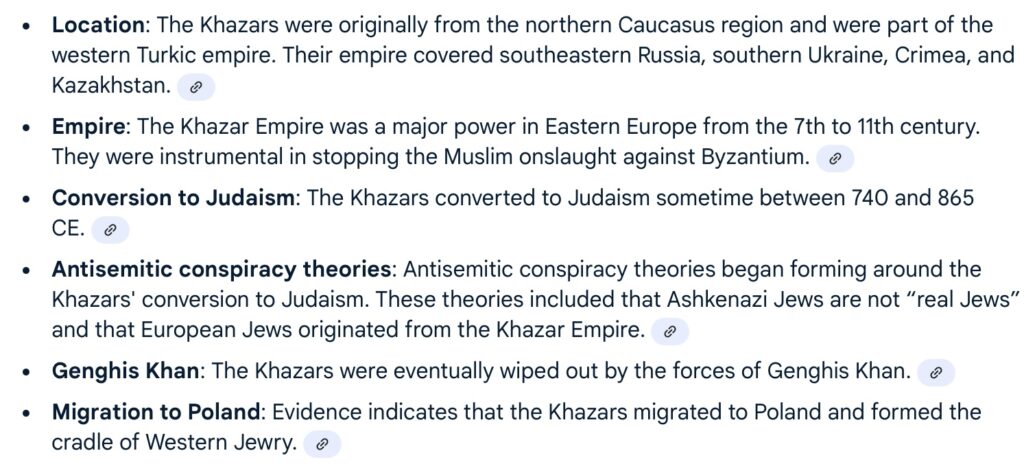(1533) Initial look at some naughty words (1605)
Just an overview, all right, a first dive into the topics, later to develop (cunning plan).
Talmud
In antiquity, the two major centres of Jewish scholarship were located in Galilee and Babylonia. A Talmud was compiled in each of these regional centres. The earlier of the two compilations took place in Galilee, either in the late fourth or early fifth century, and it came to be known as the Jerusalem Talmud (or Talmud Yerushalmi).
Later on, and likely some time in the sixth century, the Babylonian Talmud was compiled (Talmud Bavli). This later Talmud is usually what is being referred to when the word “Talmud” is used without qualification. Traditions of the Jerusalem Talmud and its sages had a significant influence on the milieu out of which the Babylonian Talmud arose.
Babylonian captivity
The northern Kingdom of Israel was destroyed around 720 BCE, when it was conquered by the Neo-Assyrian Empire. While the Kingdom of Judah remained intact during this time, it became a client state of first the Neo-Assyrian Empire and then the Neo-Babylonian Empire. However, Jewish revolts against the Babylonians led to the destruction of Judah in 586 BCE, under the rule of Babylonian king Nebuchadnezzar II. According to the biblical account, the armies of Nebuchadnezzar II besieged Jerusalembetween 589–586 BCE, which led to the destruction of Solomon’s Temple and the exile of the Jews to Babylon; this event was also recorded in the Babylonian Chronicles. The exilic period saw the development of the Israelite religion towards a monotheistic Judaism.
The exile ended with the fall of Babylon to the Achaemenid Empire c. 538 BCE. Subsequently, the Achaemenid king Cyrus the Great issued a proclamation known as the Edict of Cyrus, which authorized and encouraged exiled Jews to return to Judah. Cyrus’ proclamation began the exiles’ return to Zion, inaugurating the formative period in which a more distinctive Jewish identity developed in the Persian province of Yehud. During this time, the destroyed Solomon’s Temple was replaced by the Second Temple, marking the beginning of the Second Temple period.

Khazars


Ashkenazis

Nephilim
The Nephilim are mysterious beings or people in the Bible who are described as being of great strength and size. They are mentioned in the Hebrew Bible, also known as the Christian Old Testament, in the books of Genesis, Numbers, and Ezekiel.
The word “Nephilim” is sometimes translated as “giants” or “the fallen ones”. The identity of the Nephilim is debated by scholars and theologians. Some possible interpretations include:
- The Nephilim were the offspring of angels and humans, resulting from the “taking of wives” in Genesis 6.
- The Nephilim were the children of males from the line of Seth and females from the line of Cain.
- The Nephilim were called Nephilim because they “fell short” of their fathers in some way.
Some say that the Nephilim were similar to the demigods of the Greeks.
Talmud in a nutshell – a bunch of Rabbis arguing the toss about everything. Or making it up as they went along.
JMO.
From the crypt – sensitive so link broken deliberately.
http://www(dot) come-and-hear.com/editor/br_3.html
agree with first post.
tmw will check the link
h/t for it
Juan
“Subsequently, the Achaemenid king Cyrus the Great issued a proclamation known as the Edict of Cyrus, which authorized and encouraged exiled Jews to return to Judah”
Apparently there’s no sign of such a proclamation having been made.
https://vridar.org/2024/04/22/no-evidence-cyrus-allowed-the-jews-to-return/#more-105932